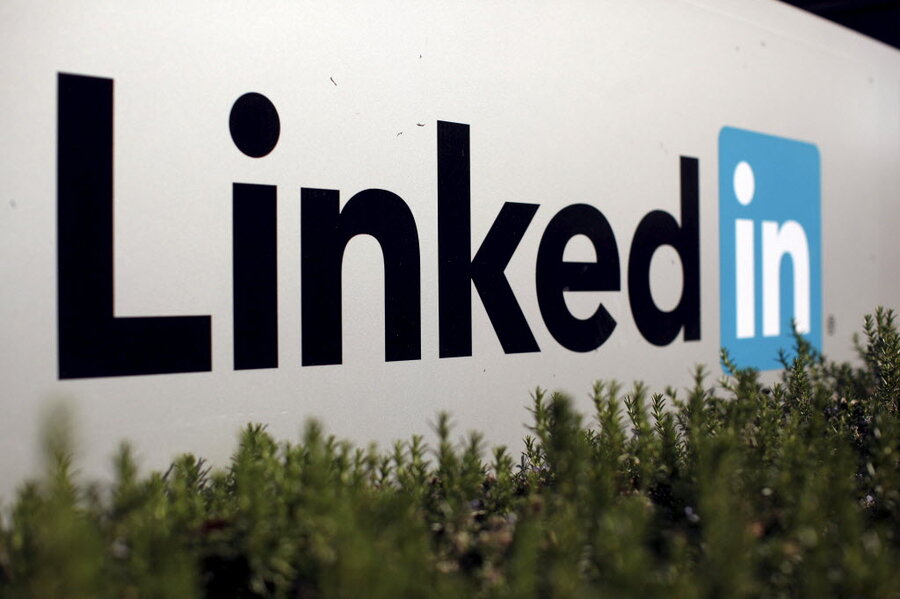How LinkedIn wants to do more than just promote your resume
Loading...
Recently, Instagram added a Snapchat-esque disappearing photo reel to its platform, the latest social media site to change up its offerings in an effort to diversify – and compete. Now, in yet one more case of social media sites trying to incorporate their rivals' best features into their existing platform, LinkedIn is expanding its services in an effort to get its users to spend more time on the site. By enhancing its social and educational tools, the site wants to loosen the necktie around its professional image.
On Thursday, the company launched an online education platform, LinkedIn Learning, and revealed plans to soon roll out a newly redesigned desktop, news feed, messaging service, and bots. LinkedIn was acquired by Microsoft in June, but the professional network building site claims these new features were in the works before the takeover, Digital Trends reports.
LinkedIn Learning currently offers more than 9,000 courses, many of which are based on content from Lynda.com, an online learning company that LinkedIn acquired for $1.5 billion in 2015.
The educational tool represents a transition for LinkedIn, as it segues from a tool for employees to highlight their skills to a place where they can improve upon them and learn new ones, as well.
“Now, you and your organization can identify which skills are key for achieving career and business goals, and learn those skills in a personalized, efficient and measurable way,” Ryan Rolonsky, LinkedIn's vice president of product, wrote in a blog post Thursday.
LinkedIn Learning will be included for premium subscribers, and eventually available to others for $29.99 per month, according to the Los Angeles Times. Eventually, it will be marketed to full companies to help train employees and track their progress.
"Technology will increasingly be displacing existing workers, and the idea that you can study a skill once and have a job for the rest of your life – those days are over," said LinkedIn chief executive officer Jeff Weiner, according to The Mercury News.
In addition to the new learning tools, LinkedIn is adding an expanded news feed, and will send users breaking news alerts, as well as analytical pieces from top influencers on the site, and related posts from users. A team of editors and algorithms will help curate the content of users' news feeds based on their profession, industry, company, and region.
However, the goal of keeping users informed is still rooted in professional advancement.
“We want to make sure you’re never missing out,” Tomer Cohen, the head of content, search and discovery products, told Digital Trends. “If [for example] I’m working for Uber and everybody’s reading the article about the Lyft CEO [discussing] self-driving cars, I want to make sure I’m reading that as well.”
The site-wide revamp is also set to include improvements to its messaging system, advancing LinkedIn's foray into the world of artificial intelligence chat bots to help with tasks from scheduling to finding related material – similar to chat features catching on at companies (and competitors) like Facebook and Google.








